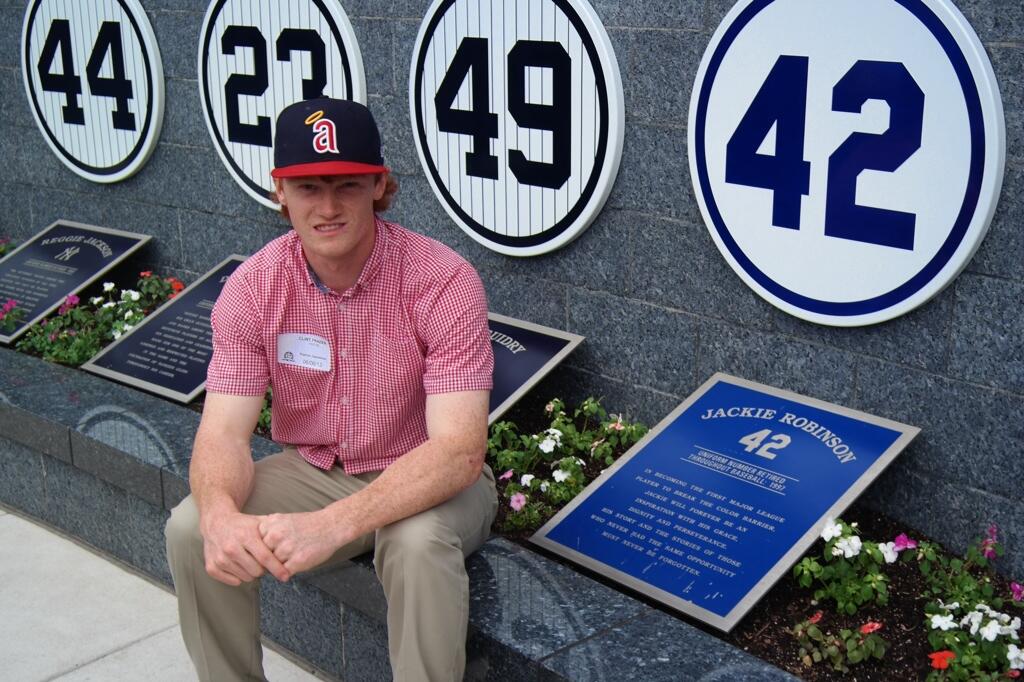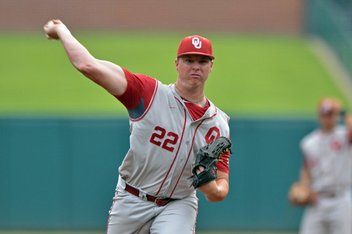1. Byron Buxton OF Minnesota Twins
2. Oscar Taveras OF St. Louis Cardinals
3. Xander Bogaerts SS Boston Red Sox
4. Miguel Sano 3B Minnesota Twins
5. Taijuan Walker RHP Seattle Mariners
6. Francisco Lindor SS Cleveland Indians
7. Archie Bradley RHP Arizona Diamondbacks
8. Carlos Correa SS Houston Astros
9. Addison Russell SS Oakland Athletics
10. Javier Baez SS Chicago Cubs
11. Dylan Bundy RHP Baltinore Orioles
12. Jameson Taillon RHP Pittsburgh Pirates
13. Christian Yelich OF Miami Marlins
14. Jorge Soler OF Chicago Cubs
15. Nick Castellanos OF Detroit Tigers
16. Gregory Polanco OF Pittsburgh Pirates
17. Robert Stephenson RHP Cincinnati Reds
18. Aaron Sanchez RHP Toronto Blue Jays
19. Raul Mondesi SS Kansas City Royals
20. George Springer OF Houston Astros
21. Noah Syndergaard RHP New York Mets
22. Gary Sanchez C New York Yankees
23. Albert Almora OF Chicago Cubs
24. Lucas Giolito RHP Washington Nationals
25. Taylor Guerreri RHP Tampa Bay Rays
26. Jonathan Singleton 1B Houston Astros
27. Garin Cecchini 3B Boston Red Sox
28. Corey Seager 3B Los Angeles Dodgers
29. Danny Hultzen LHP Seattle Mariners
30. Austin Hedges C San Diego Padres
31. Alen Hanson 2B/SS Pittsburgh Pirates
32. Kyle Zimmer RHP Kansas City Royals
33. Kolten Wong 2B St. Louis Cardinals
34. David Dahl OF Colorado Rockies
35. Joey Gallo 3B Texas Rangers
36. Maikel Franco 3B Philadelphia Phillies
37. Yordano Ventura RHP Kansas City Royals
38. Max Fried LHP San Diego Padres
39. Rafael DePaula RHP New York Yankees
40. Kyle Crick RHP San Diego Padres
41. Billy Hamilton OF Cincinnati Reds
42. Julio Urias RHP Los Angeles Dodgers
43. Jesse Biddle LHP Philladelphia Phillies
44. Henry Owens LHP Boston Red Sox
45. Mason Williams OF New YorK Yankees
46. Jorge Alfaro C Texas Rangers
47. Anthony Ranuado RHP Boston Red Sox
48. Justin Nicolino LHP Miami Marlins
49. Alex Meyer RHP Minnesota Twins
50. Marcus Stroman RHP Toronto Blue Jays





































